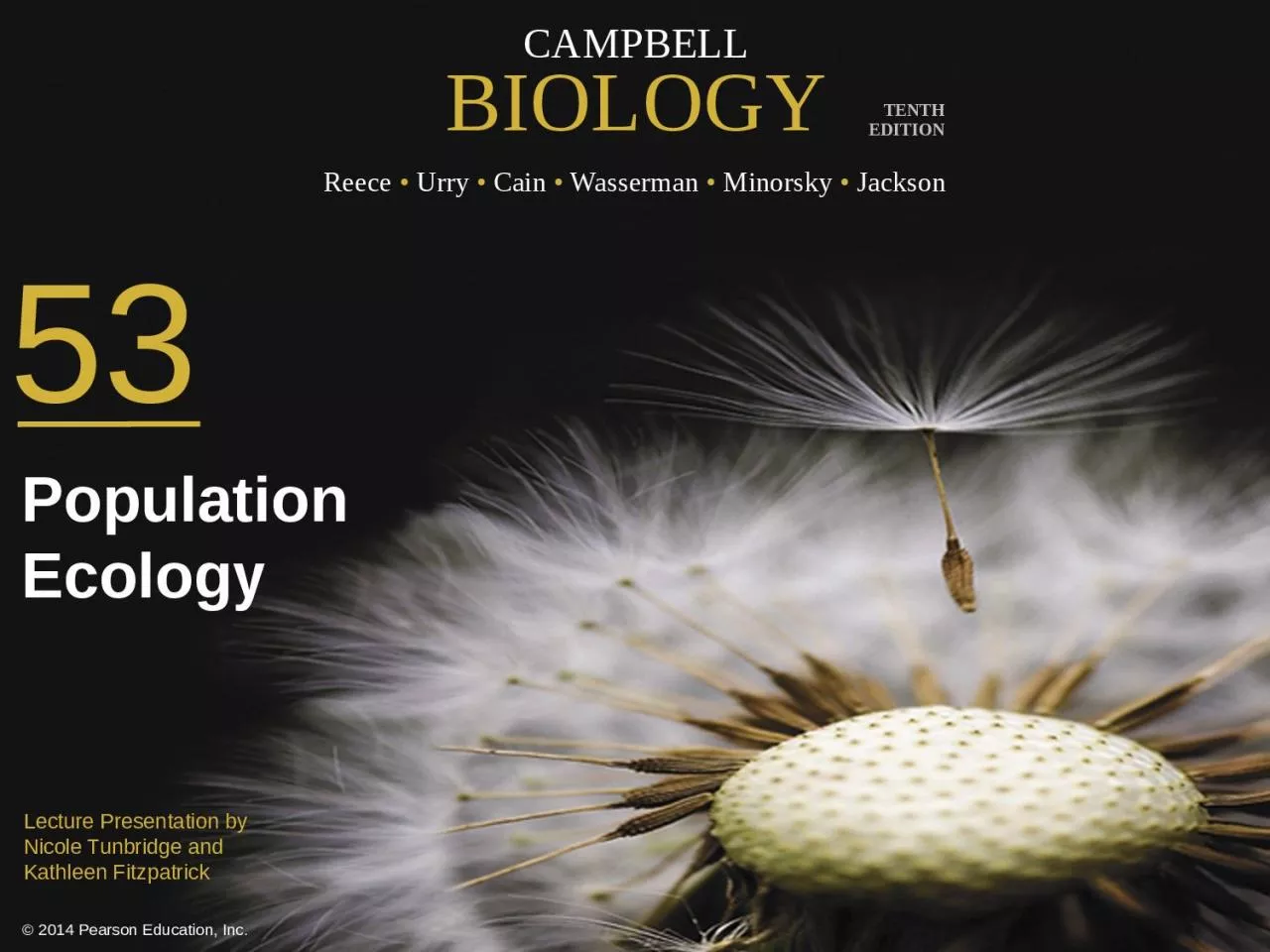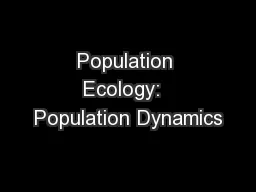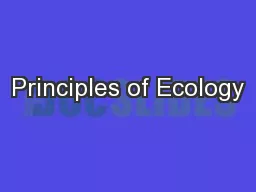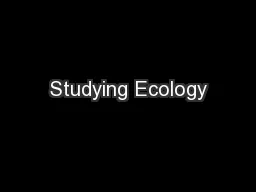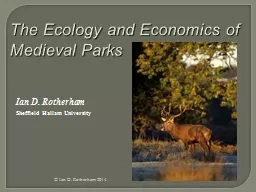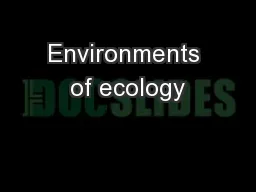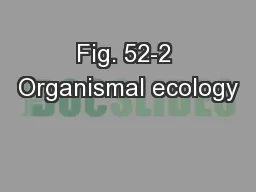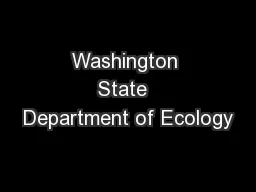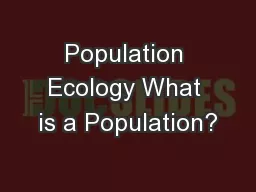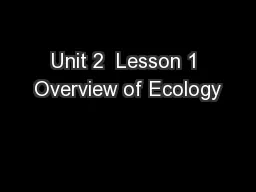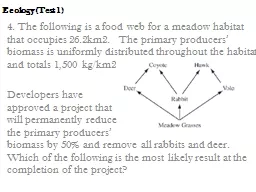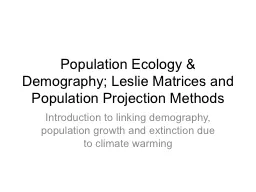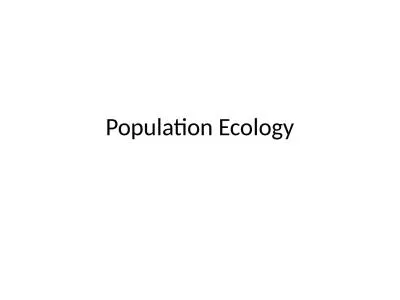PPT-53 Population Ecology Lecture Presentation by
Author : beatrice | Published Date : 2023-10-29
Nicole Tunbridge and Kathleen Fitzpatrick Turtle Tracks Population ecology explores how biotic and abiotic factors influence density distribution size and age structure
Presentation Embed Code
Download Presentation
Download Presentation The PPT/PDF document "53 Population Ecology Lecture Presentati..." is the property of its rightful owner. Permission is granted to download and print the materials on this website for personal, non-commercial use only, and to display it on your personal computer provided you do not modify the materials and that you retain all copyright notices contained in the materials. By downloading content from our website, you accept the terms of this agreement.
53 Population Ecology Lecture Presentation by: Transcript
Download Rules Of Document
"53 Population Ecology Lecture Presentation by"The content belongs to its owner. You may download and print it for personal use, without modification, and keep all copyright notices. By downloading, you agree to these terms.
Related Documents

